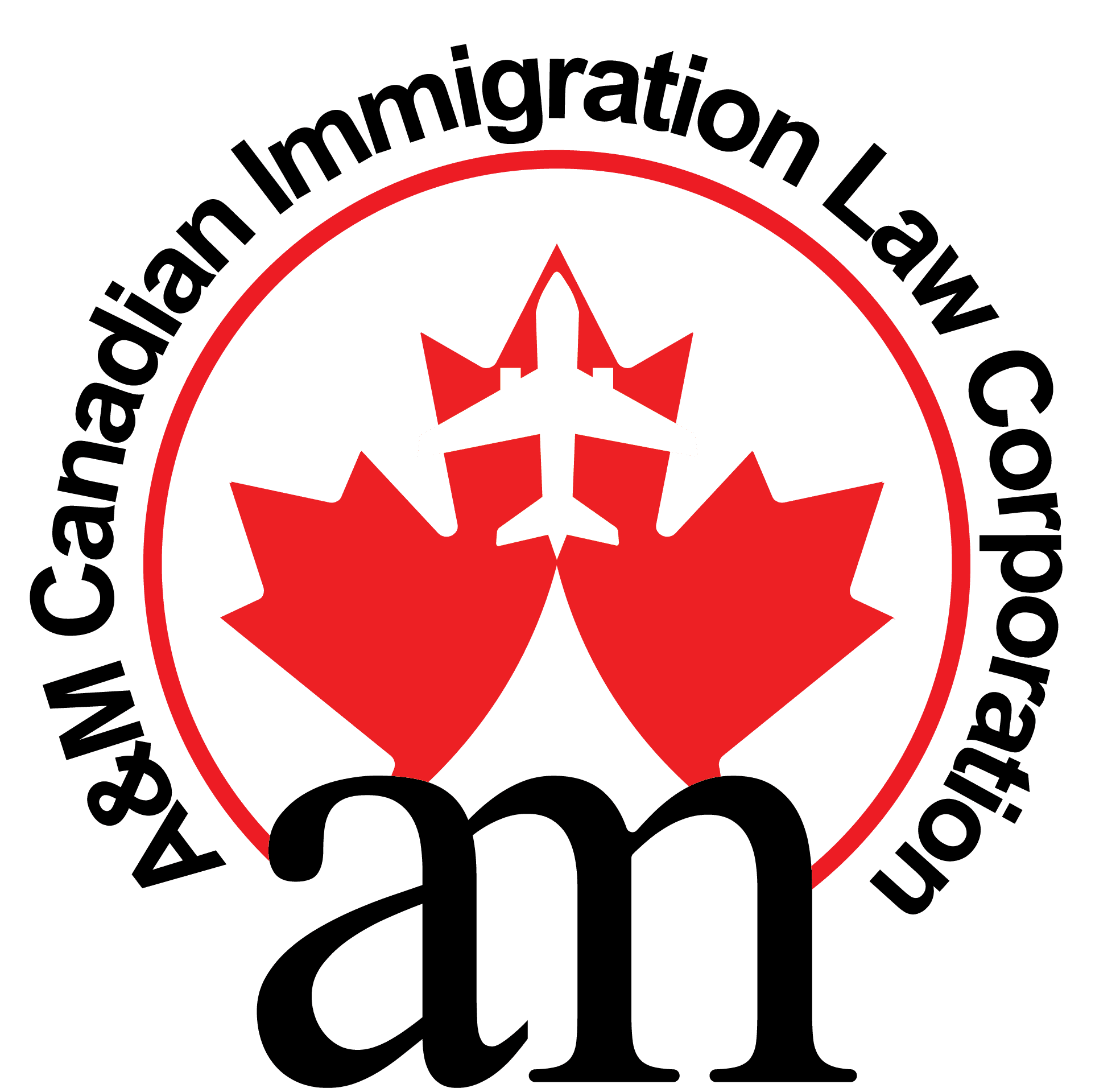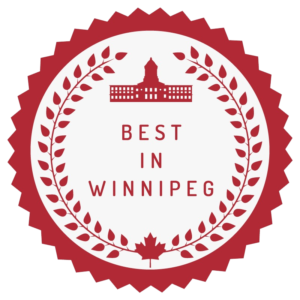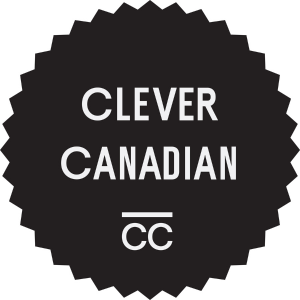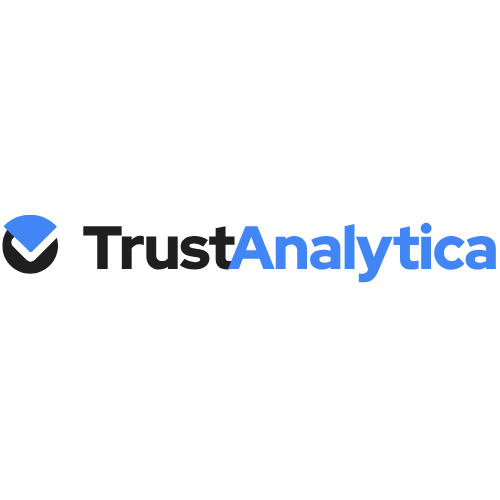Government-Assisted Refugees (GARs) in Canada
A&M Canadian Immigration Law Corporation
Government-Assisted Refugees (GARs) in Canada
The Government-Assisted
Refugees (GAR) program is one of Canada’s main pathways for resettling refugees
from abroad. Rather than the refugee applying directly, individuals are first
identified and referred by international agencies (such as the UNHCR) or by
Canadian diplomatic missions, and Canada provides financial and resettlement
support. GARs are part of Canada’s humanitarian commitment to protect
vulnerable people who cannot remain in their home countries.
How the GAR Program Works
- Under the GAR stream, Canada does not accept
direct public applications — refugees are referred by UNHCR,
embassies, or designated referral organizations. Government of Canada+1
- These referred people are assessed abroad, and
if accepted, Canada provides support to enable their resettlement and
integration. Government of Canada+2Government of Canada+2
- Once approved, the Government of Canada (or the
province in which the refugee is resettled) works through Service
Provider Organizations (SPOs) to deliver settlement and support
services to GARs. Government of Canada+2Government of Canada+2
Eligibility &
Referral Criteria
Since GAR is not an open
application program, eligibility depends largely on the referral and selection
process. Key points include:
- The individual must be recognized or deemed by a
referring agency (e.g. UNHCR) as in need of resettlement.
- They must satisfy medical, security, and
criminality checks before travel to Canada. Government of Canada+1
- Refugees may include special categories such as Women
at Risk or Human Rights Defenders under special GAR-related
streams. Government of Canada+1
Supports & Services
Provided
Once a GAR is approved and
arrives in Canada, they receive a suite of supports to help with the
transition:
Support Type | Description |
Financial / Income
Support | Up to one year (or until
self-sufficiency) of financial assistance to cover basic living needs. Government of Canada+2IRCC+2 |
Settlement Services | Assistance through Service
Provider Organizations with housing, orientation, language training, job
search, cultural integration, and more. Government of Canada+2Government of Canada+2 |
Medical & Security
Processing | GARs undergo medical
exams, background checks, and biometric data collection. Government of Canada+1 |
Pre-Departure
Orientation | In some countries, there
are Canadian Orientation Abroad sessions to prepare refugees for life
in Canada. Government of Canada+1 |
Travel Arrangements
& Loans | The government arranges
travel to Canada and issues a loan to cover travel costs, repayable
over several years. Government of Canada+1 |
After Approval: What
Happens
- After your application is accepted, you’ll be
scheduled for a medical exam, fingerprinting, and security checks. Government of Canada+1
- Once cleared, travel is arranged and service
provider organizations will assist in arrival logistics (airport pickup,
temporary accommodation, settlement orientation). Government of Canada+1
- You’ll receive a Confirmation of Permanent
Residence (COPR)—this gives you the rights and legal status of a
permanent resident. Government of Canada+1
- Settlement supports continue for up to a year or
until you are able to sustain yourself. Government of Canada+1
Challenges & Key
Considerations
- Limited Control Over Application: Since you can’t apply yourself, you depend on
the referral process and selection by agencies.
- Selection Competition: Many are referred, but only some are accepted
based on priority needs, quotas, or vulnerability.
- Loans & Repayment: The travel loan must be repaid, usually within
3–8 years after arrival. Government of Canada
- Adjusting to a New Country: Even with supports, integration (language,
employment, social adjustment) is challenging.
- Service Gaps: Support durations end, and refugees must transition to
self-sufficiency.
Frequently Asked Questions
No. You must be referred by
a recognized organization like UNHCR or a partner in your country. Government of Canada+1
Support lasts up to 1 year or until you can support yourself—whichever comes first. Government of Canada+1
Yes—for example, a GAR stream for Human Rights Defenders, resettling up to 250 people annually. Government of Canada
Yes—travel costs are
provided via loan; you must repay it within a defined period after your
arrival. Government of Canada+1
Yes—family members can be included in the refugee application and resettled together. Government of Canada+1
The Government-Assisted
Refugee (GAR) program is a vital instrument in Canada’s humanitarian
response—resettling refugees selected abroad and providing a structured support
system upon arrival. While it offers strong support and protection, its
referral-based nature means many cannot apply directly. For those who are
referred and accepted, the transition to Canada is supported through financial
assistance, settlement services, and integration help.
If you (or someone you work
with) may qualify for resettlement as a GAR, it’s critical to work closely with
referral organizations (like UNHCR), stay informed about resettlement
priorities, and prepare for the settlement journey ahead.
